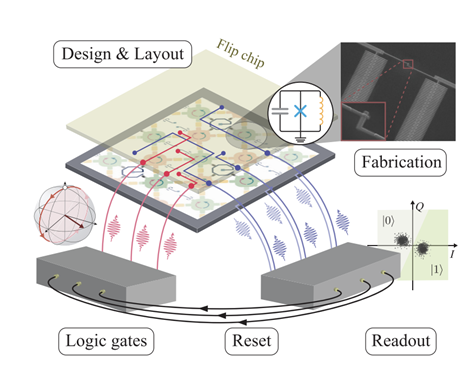
Artificial Atoms Power a Novel Quantum Processor Architecture
Fluxonium qubits can build cutting-edge quantum devices that will harness the potential of quantum computing.

Fluxonium qubits can build cutting-edge quantum devices that will harness the potential of quantum computing.
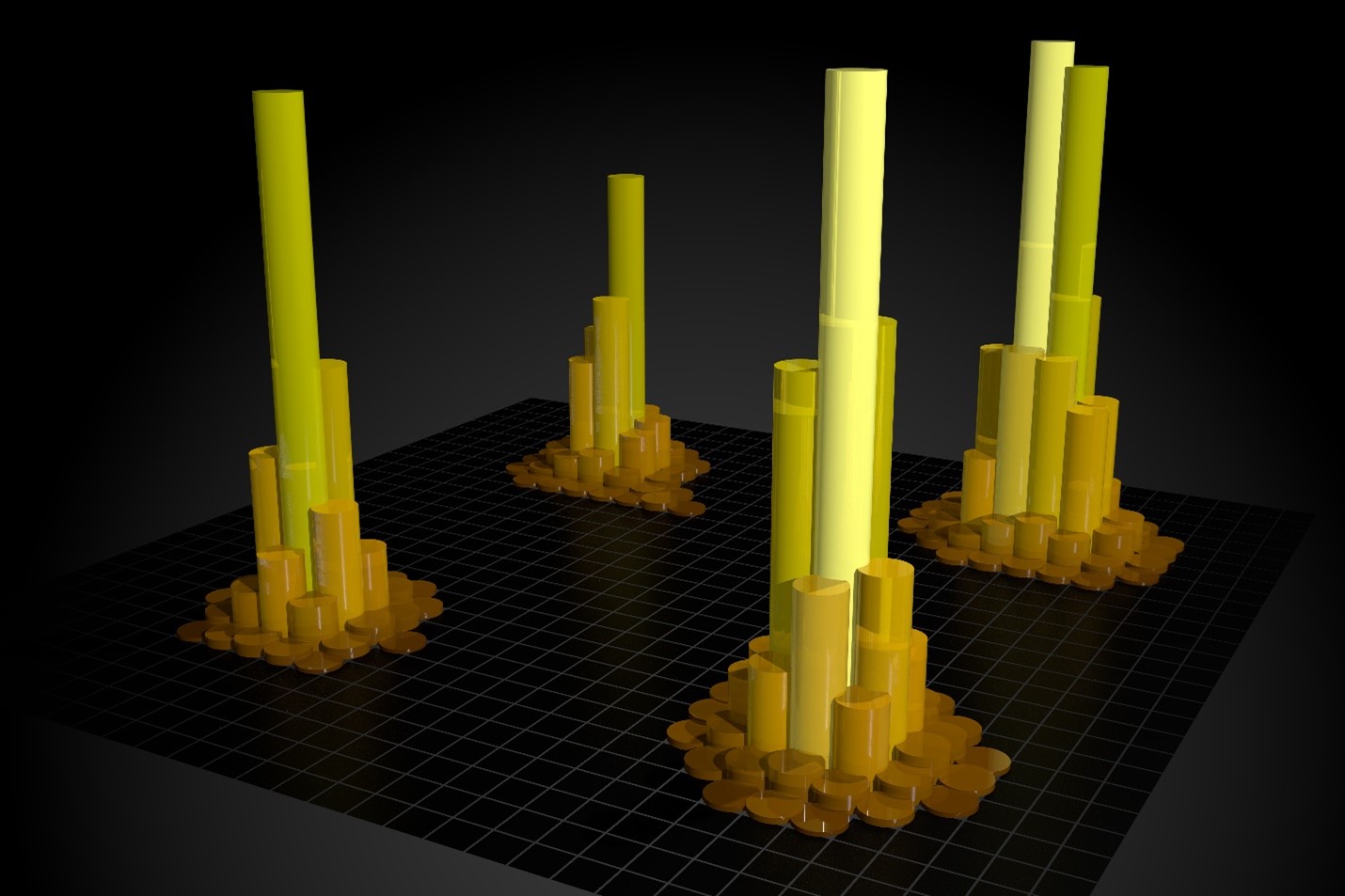
FAIR (findable, accessible, interoperable, reusable) principles facilitate the use of large data sets by human and machine researchers.

Scientists successfully measure high-dimensional qudits, cousins to quantum computing qubits.
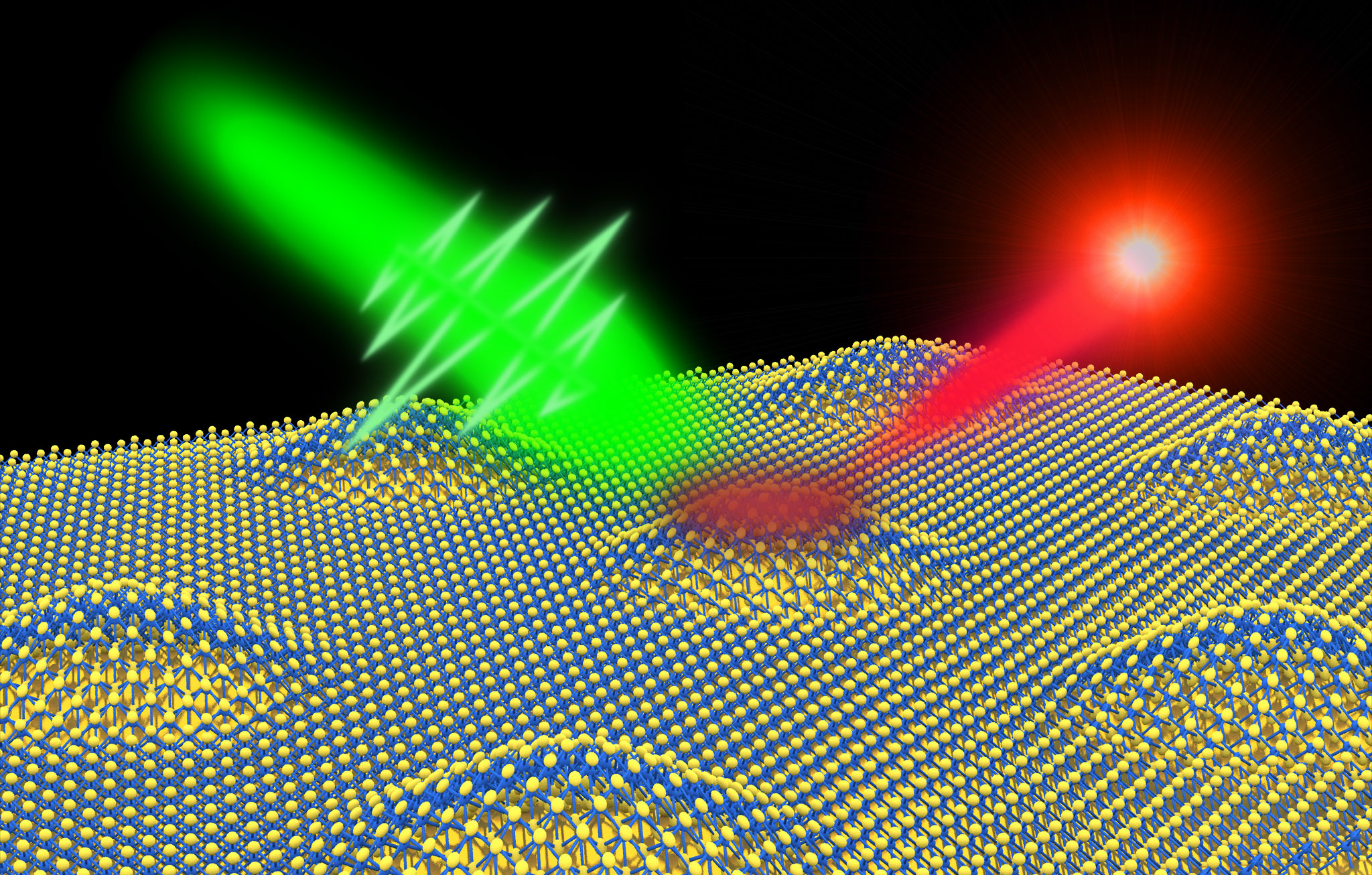
Researchers develop the first 2D telecommunication-compatible quantum light source, smoothing the path toward a quantum internet.
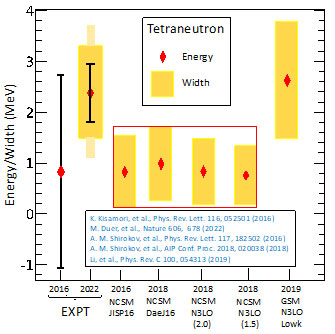
Long predicted by theory with support from supercomputers, this combination of neutrons advances nuclear physics

Quantum technique accelerates identification of entangled materials.
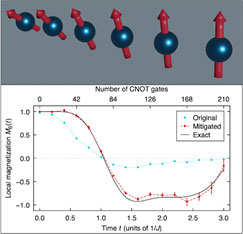
Noise estimation circuits, in conjunction with other error mitigation methods, produce reliable results for quantum computer-based materials simulations
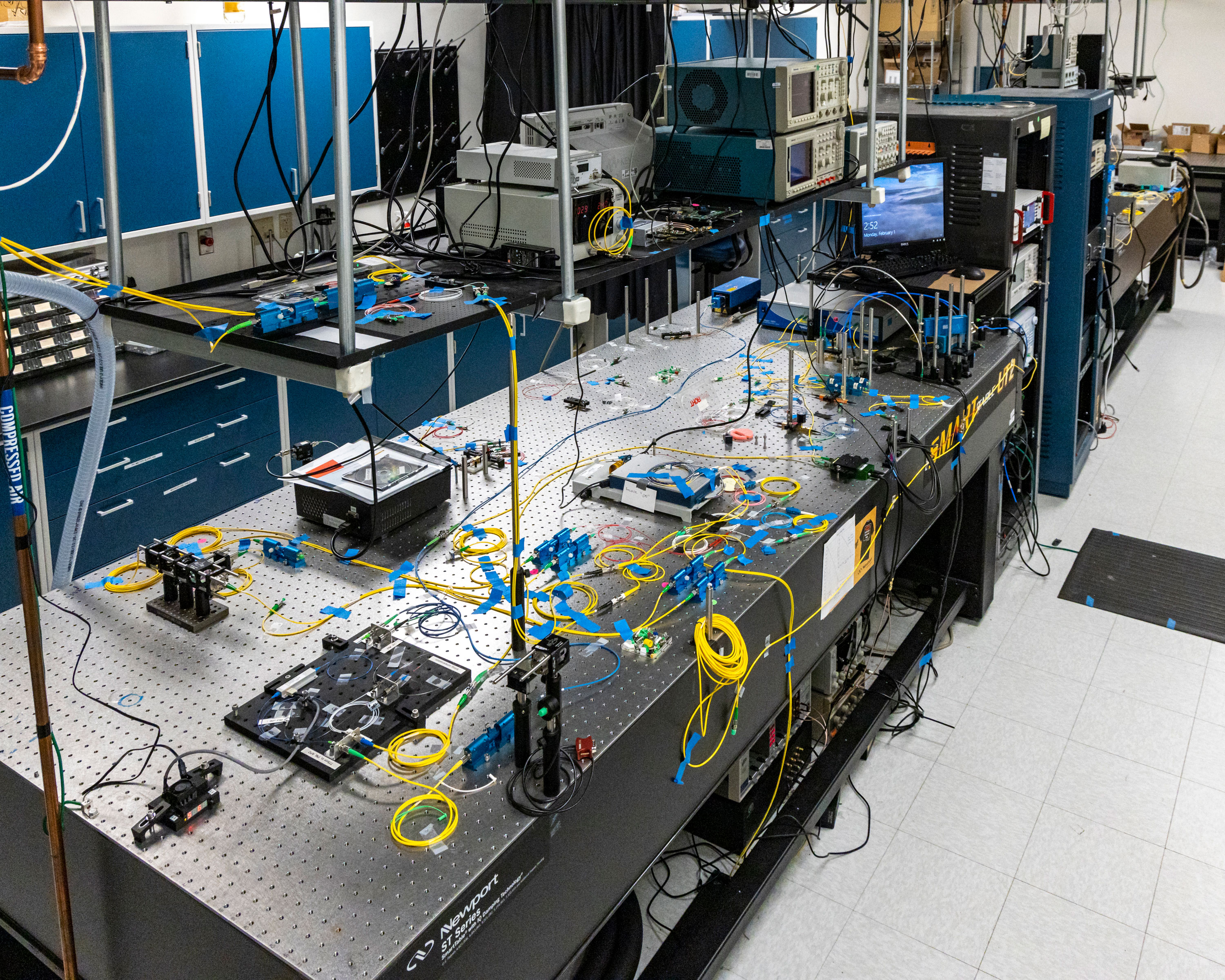
Researchers enable real-time adjustments to communication among three remote nodes in a quantum network.
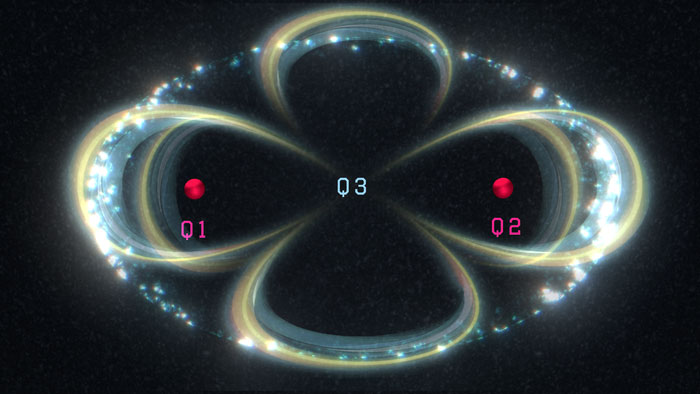
Scientists use gate set tomography to discover and validate a silicon qubit breakthrough.
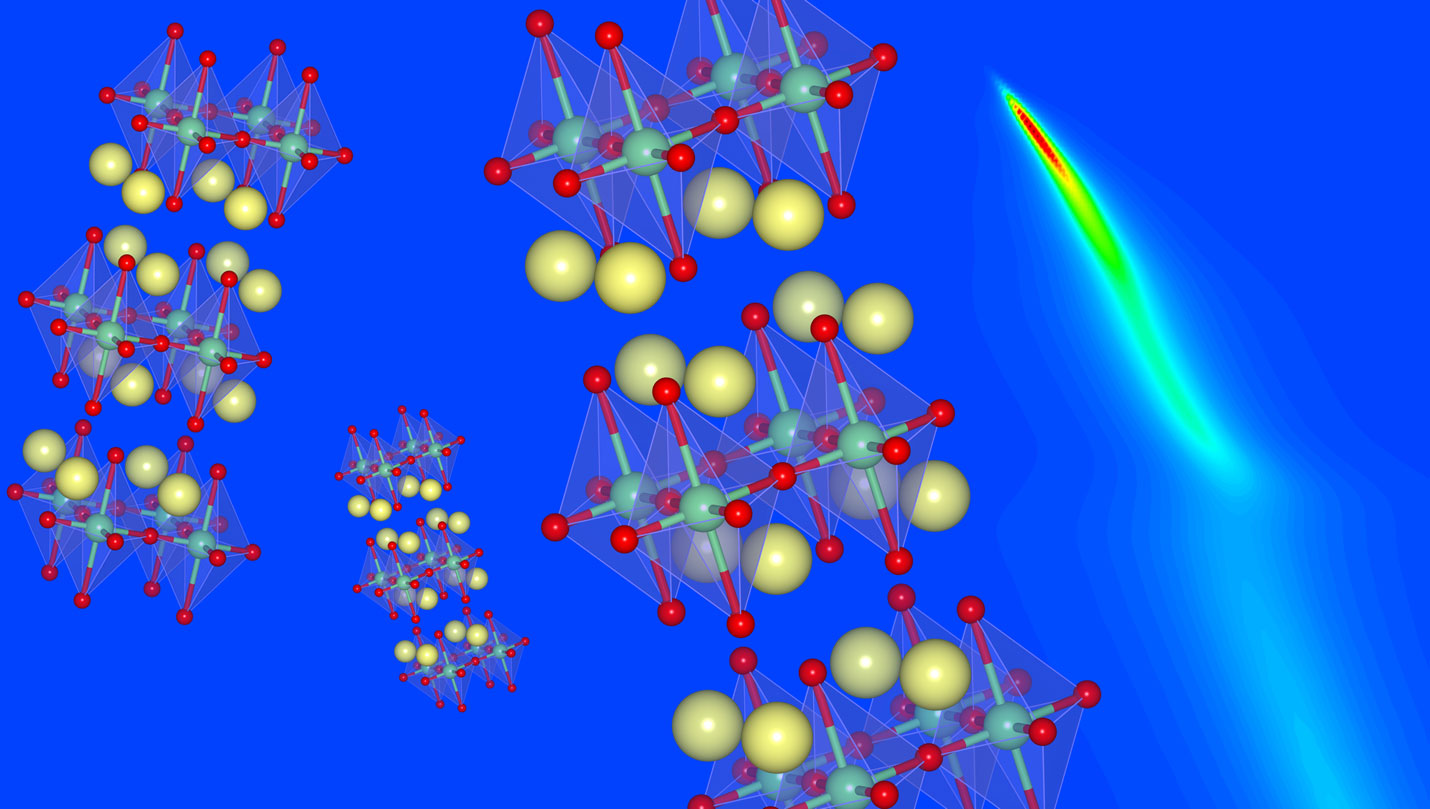
Physicists use the Summit supercomputer to better understand a family of superconductors.
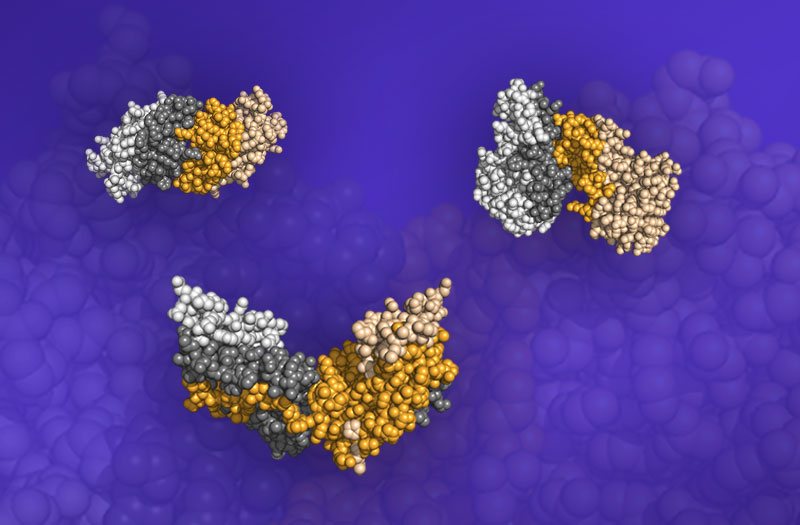
A team using the nation’s fastest supercomputer to look at protein binding finds that some binding processes are simpler than expected.

Interactions of quantum “quasiparticles” demonstrate unusual fluid flow.
Signup for the Office of Science’s GovDelivery email service, and check the box for the Advanced Scientific Computing Research Program in your subscriber preferences.
Subscribe